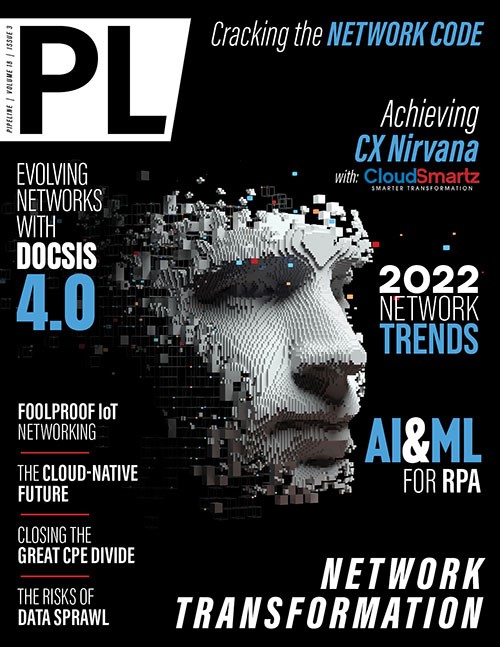Achieving CX Nirvana
 They just don’t make things like they used to. Somehow manufacturing shifted from building things to last, to building things as cheaply as possible, with an intentional and disposable end of life
in mind. The problem is things used to be better. They worked better. You could count on them. And replacing them now can be painful.
They just don’t make things like they used to. Somehow manufacturing shifted from building things to last, to building things as cheaply as possible, with an intentional and disposable end of life
in mind. The problem is things used to be better. They worked better. You could count on them. And replacing them now can be painful.
I had this old, hand-me down coffee pot. The old, metal 1970s Farberware percolator. It brewed a near-perfect cup of coffee. Robust, and full flavored. It had a clear top so you could see when the brew reached the perfect caramel color. With a shake, rattle, and puff of steam filled with the aroma of fresh coffee, it would slowly quiet to let you know it was ready. For many years it was a welcome start to the day.
Unfortunately, it finally gave up the ghost…some 50 years after it came off the assembly line. I spent hours in aisles of various stores, looking at plastic replacements. I’ve been through three. One melted, one leaked, and the other is just meh. It makes “coffee” – but it’s not the same. It doesn’t soak the grounds the way the faithful Farberware did, and the coffee is a watered-down resemblance of what I once knew. After a couple hours searching online marketplaces, I finally broke down and found another old Farberware. And now my mornings have finally returned to their former days of coffee glory.
The point is that there is value in legacy. Sometimes, legacy just works. Think about plain-old-telephony service. I’m talking POTS, copper lines and RJ-40s. The Internet and power grid could both go down, and you’d still have dial tone. For years I’ve wondered why this hasn’t been incorporated as a “lifeline” added into voice-over-IP (VoIP) offerings. Think about the margins, and the impact to the customer experience (CX). A simple phone RJ-40 hookup added to a VoIP ATA or EMTA, and a service provider could sell the VoIP-POTS hybrid service, with multiple lines… and they could even go back to charging by the minute for copper line usage. They have the copper. It’s completely depreciated. But it’s just one example of where legacy and next-generation can live together, in a hybrid world.
Legacy though, tends to be where telecommunications gets hung up. Faced with fierce competition from digital-first hyperscalers, OTT and cloud providers—as well as the threat of price commoditization—service providers are under intense pressure to transform. Significant investments are sunk, and revenue is tied to legacy technology. But legacy overhaul is cost-prohibitive for many service providers, and rip and replace isn’t an option. Some don’t even know where to begin. Yet legacy isn’t where the growth is. The real opportunities lie in personalized, efficient, software-defined virtual and hybrid services. But unlocking it requires a high degree of efficiency, agility, and automation.
CX adds another layer of complexity. Service providers are challenged with transforming, but must do so to serve their customers better and provide a better quality of service. It’s not enough just to “work,” because customers want better visibility, control, and automation – and so do you. The trick is doing that by leveraging what has and still works – with what’s next.
These industry dynamics make transformation a survival imperative. Service providers must become customer-centric, software-centric, and automation-driven to drive revenue and create products and services while reducing internal costs. The competitive pressure is particularly acute for conglomerates of carriers grappling with outdated or incomplete systems or struggling with lack of integration. Interoperability, such as with an API-driven approach, is integral to transformation and achieving the agility necessary to efficiently compete and continually innovate.
Successfully managing the complexity of CX in a hypercompetitive industry requires a different approach. Pipeline recently had the opportunity to speak with CEO Dan Wagner and CMO Matthew Ray of CloudSmartz on tying CX and digital transformation to the bottom line. As the winner of the 2021 Pipeline Innovation Awards in the Innovation in Digital Transformation category, CloudSmartz was lauded by distinguished judges from industry leaders like AWS, Facebook, Proximus, and T-Mobile for the company’s technical innovation.



















